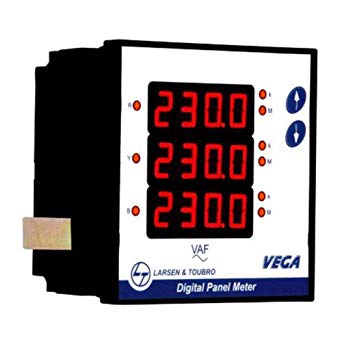Switchgear Solutions
The Air Circuit Breaker (ACB) serves as an essential electrical device that provides overcurrent and short-circuit protection for electric circuits ranging from 800 Amps to 10,000 Amps. Typically, you will find these devices utilized in low voltage applications, specifically those below 450V. By offering robust protection, ACBs help prevent damage to electrical systems and enhance overall safety. Additionally, their design ensures reliable operation even under demanding conditions. Thus, incorporating ACBs into your electrical infrastructure ensures both protection and efficiency in managing high-current circuits.
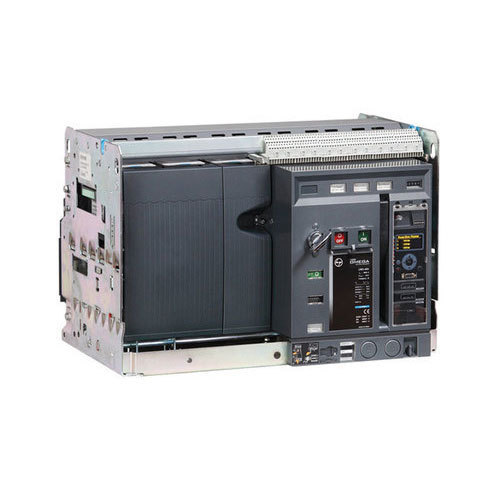
A Miniature Circuit Breaker (MCB) automatically switches off the electrical circuit during abnormal network conditions. Specifically, it reacts during overload conditions as well as when faults occur. By doing so, the MCB ensures immediate disconnection, thereby protecting the circuit from damage and reducing the risk of fire. Furthermore, it enhances safety by preventing electrical hazards before they escalate. Thus, the MCB plays a crucial role in maintaining the integrity and reliability of electrical systems with our Switchgear Solutions.
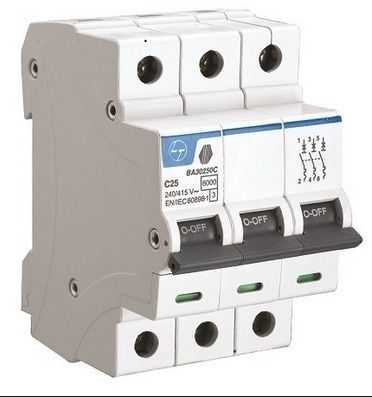
Molded Case Circuit Breaker (MCCB) stands as another vital electrical protection device. Specifically, when the load current surpasses the limit of a miniature circuit breaker, the MCCB steps in to provide essential protection. In particular, it safeguards against overloads and short circuit faults. Additionally, the MCCB plays a crucial role in switching circuits. By offering robust protection and versatile functionality, the MCCB ensures reliable performance and enhances the safety of electrical systems. Therefore, it becomes indispensable for managing high-current applications effectively.

A contactor acts as an electrically controlled switch that manages the switching of an electrical power circuit. Specifically, a contactor operates by being controlled through a circuit that has a significantly lower power level than the circuit it switches. For example, a 24-volt coil electromagnet can control a 230-volt motor switch. Therefore, while the contactor handles high-power circuits, it relies on lower-power control circuits for its operation. By doing so, it ensures efficient and reliable management of electrical power while maintaining safety and functionality.
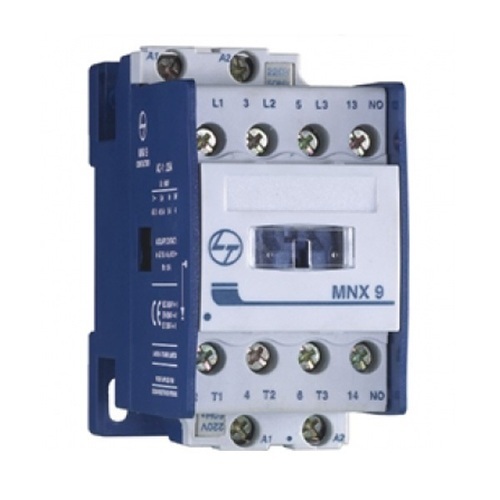
Relays function as electromagnetic switches that turn circuits on and off using a low-power signal. Specifically, relays are essential when a single signal needs to control multiple circuits simultaneously. For instance, in high-end industrial applications, relays are commonly employed due to their effective performance. By utilizing relays, systems can manage complex control tasks efficiently while ensuring reliable operation. Thus, relays offer a crucial advantage by enabling precise control over various circuits with minimal power input.
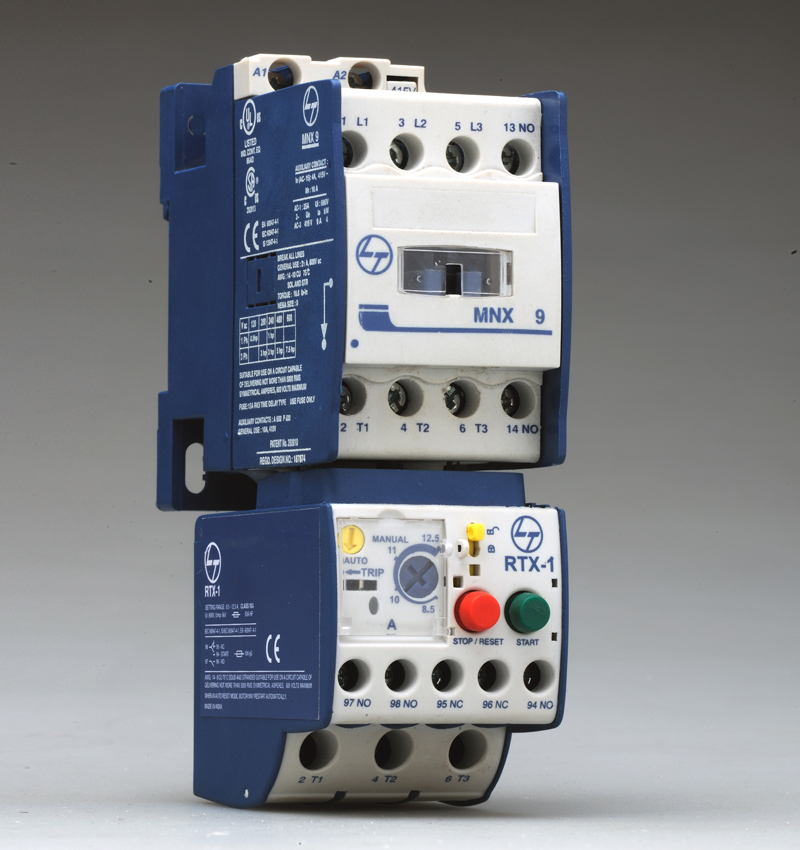
In a servo system, the servo drive or servo amplifier powers the servo motor. By doing so, the servo drive delivers numerous benefits for automatic machining systems. For instance, it provides superior positioning, speed, and motion control. Moreover, these drives enhance the overall performance and precision of the system. Thus, using servo drives significantly improves the efficiency and accuracy of automated processes, making them indispensable for advanced machining applications.

A switched-mode power supply (SMPS) incorporates a switching regulator to efficiently convert electrical power. Specifically, it transfers power from a DC or AC source to DC loads, such as personal computers. Additionally, the SMPS converts voltage and current characteristics during this process. By doing so, it ensures that the power supply operates efficiently and effectively. Therefore, the SMPS not only enhances energy efficiency but also provides reliable power management for various electronic devices with our Switchgear Solutions.

A multifunction energy meter actively monitors and measures all key electrical parameters. Specifically, it tracks voltage, active power, apparent power, current, power factor, reactive power, active energy, and phase angle. By doing so, this meter provides a comprehensive view of the electrical system’s performance. Moreover, it enables users to analyze and manage electrical parameters effectively. Thus, employing a multifunction energy meter enhances both monitoring capabilities and overall efficiency in managing electrical systems.
